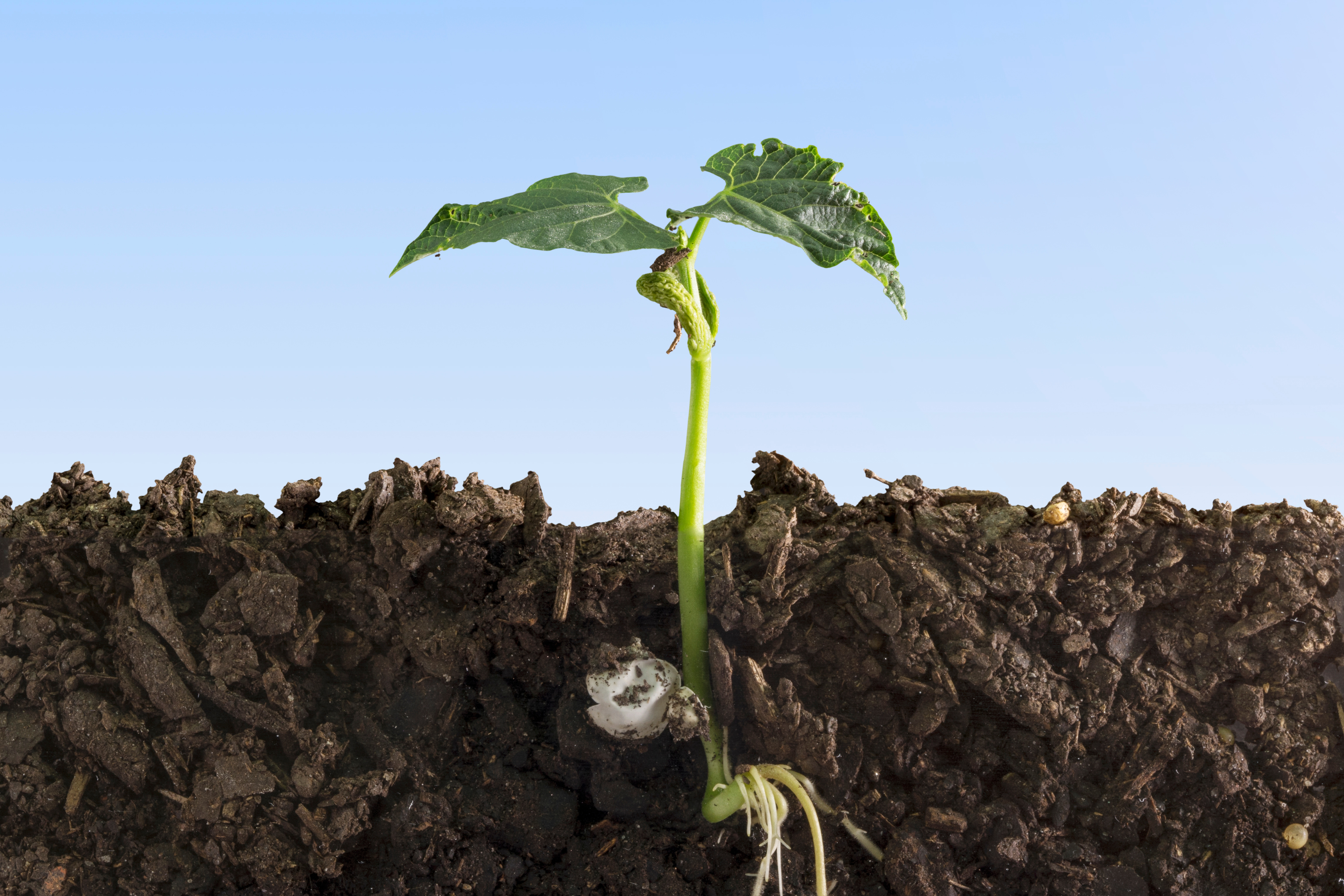Introduction:
Soil is often referred to as the foundation of a successful garden, and for good reason. It serves as the anchor for plant roots, provides essential nutrients, and plays a crucial role in moisture retention and drainage. As a gardener, understanding the science of soil is key to creating an environment where your plants can thrive. In this guide, we'll explore the intricacies of soil, from its composition and structure to methods for improving its fertility and health.
The Basics of Soil Composition:
Soil is composed of mineral particles, organic matter, water, and air, each playing a vital role in supporting plant growth. The mineral component of soil consists of various-sized particles, including sand, silt, and clay, which determine soil texture and drainage capabilities. Organic matter, such as decomposed plant material and animal remains, contributes to soil fertility and structure, while water and air facilitate nutrient uptake and root respiration.
Understanding Soil pH:
Soil pH is a measure of its acidity or alkalinity and plays a significant role in plant health and nutrient availability. Most plants prefer a slightly acidic to neutral pH range, typically between 6.0 and 7.0. Soil pH can be tested using a simple soil pH testing kit, with amendments such as lime or sulfur used to adjust pH levels as needed to meet the requirements of specific plants.
Improving Soil Structure:
Soil structure refers to the arrangement of soil particles and the spaces between them, which affects water infiltration, drainage, and root penetration. Sandy soils have larger particles and tend to drain quickly but may lack nutrients, while clay soils have smaller particles and hold water tightly but can be prone to compaction. Adding organic matter such as compost, aged manure, or leaf mold can improve soil structure by increasing porosity and enhancing moisture retention.
Nutrient Management:
Plants require a variety of essential nutrients for healthy growth, including nitrogen, phosphorus, potassium, and micronutrients such as calcium, magnesium, and iron. Soil testing can provide valuable information about nutrient levels and deficiencies, allowing gardeners to tailor their fertilizer applications accordingly. Organic fertilizers, such as compost or compost tea, can provide a slow-release source of nutrients while improving soil structure and microbial activity.
Mulching for Moisture Retention:
Mulching is a valuable practice for conserving soil moisture, suppressing weeds, and moderating soil temperature fluctuations. Organic mulches such as wood chips, straw, or shredded leaves can be applied around plants to help retain moisture, reduce erosion, and add organic matter to the soil as they break down over time. Mulching also provides a protective barrier against soil compaction and erosion caused by heavy rain or irrigation.
Promoting Soil Health:
Healthy soil is teeming with life, including beneficial microorganisms such as bacteria, fungi, and earthworms, which play essential roles in nutrient cycling and soil fertility. Practices such as crop rotation, cover cropping, and minimal tillage can help promote soil health by reducing soil erosion, improving organic matter content, and enhancing microbial diversity. Avoiding the use of synthetic chemicals and pesticides can also preserve soil biodiversity and support a thriving soil ecosystem.
Conclusion:
Mastering the science of soil is essential for gardeners seeking to create optimal growing conditions for their plants. By understanding soil composition, pH, structure, and nutrient dynamics, you can make informed decisions about soil management practices and create a healthy, fertile environment where your plants can thrive.
Remember that soil is a living, dynamic ecosystem that requires care and attention to maintain its health and vitality. With proper soil management techniques and a commitment to sustainable gardening practices, you can harness the power of soil to support vigorous plant growth and cultivate a thriving garden for years to come.
Happy gardening!

